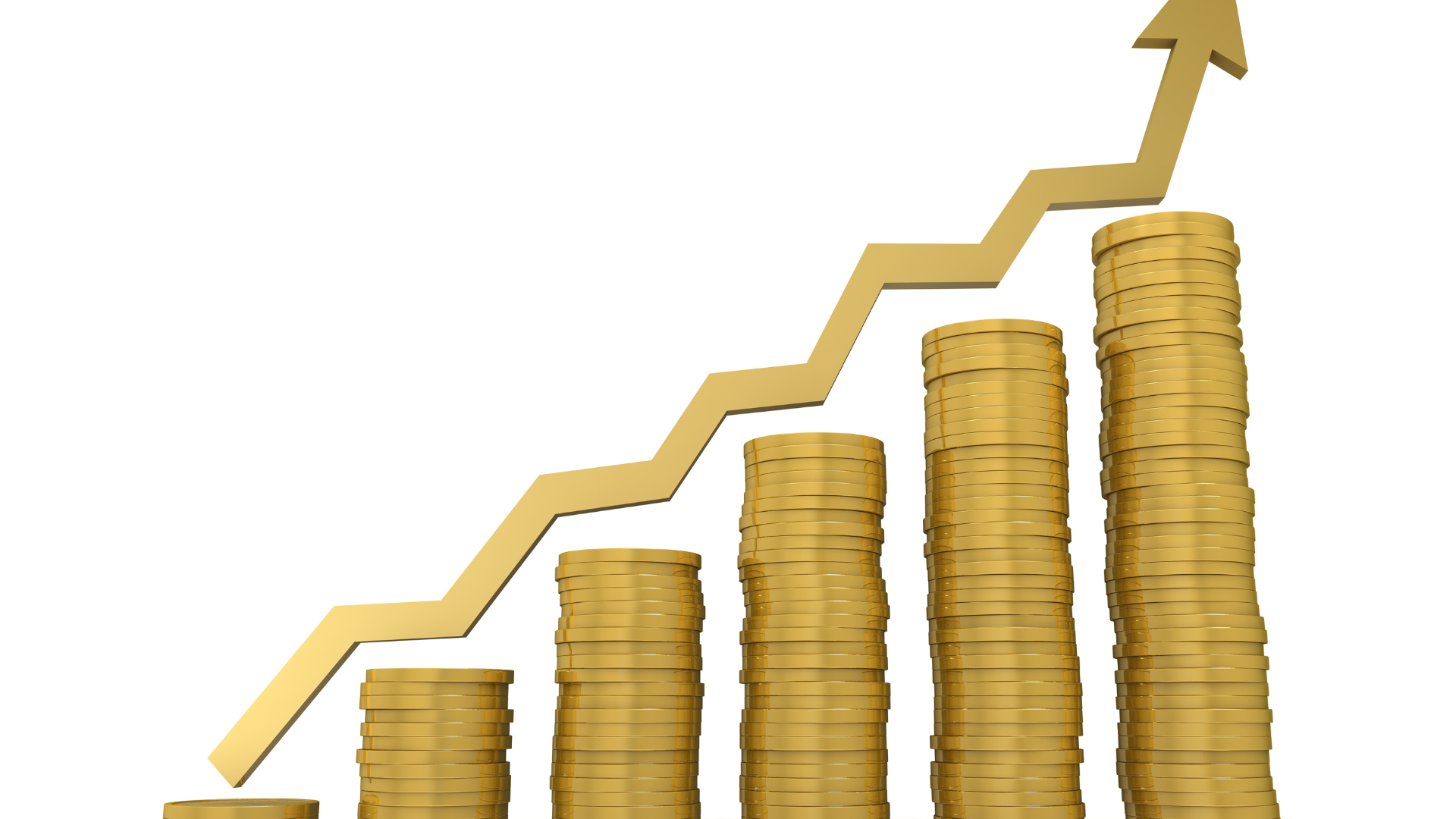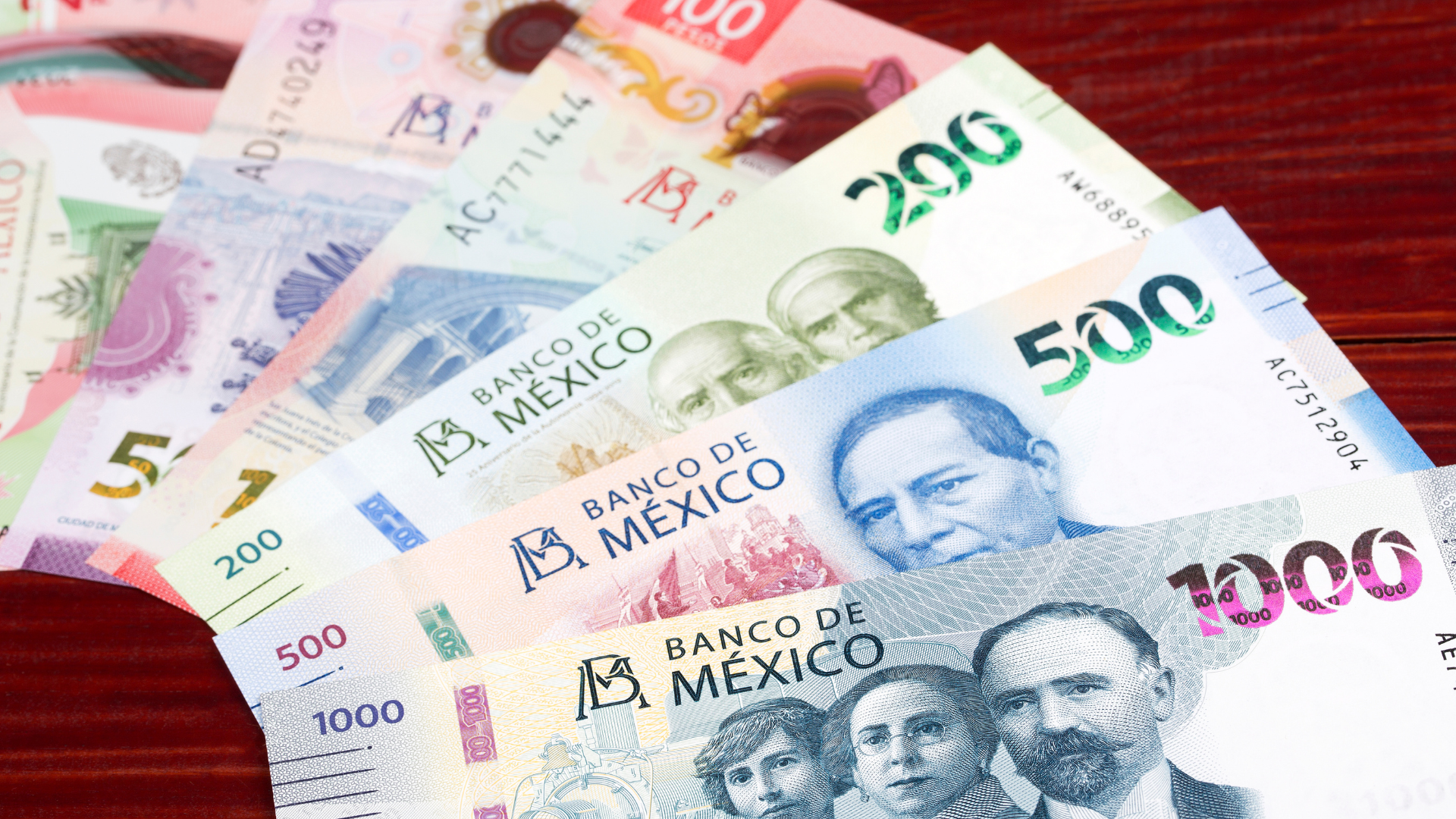West Texas Intermediate (WTI) crude rose to just below $69 per barrel, driven by monetary easing from China and a reduction in geopolitical tensions. The People’s Bank of China (PBoC) recently lowered its key lending rates, aiming to stimulate its slowing economy. This move has raised hopes for increased oil demand from China, the world’s second-largest oil consumer.
China’s rate cuts have sent a positive signal to global markets, with expectations of a boost in economic activity, especially in sectors like manufacturing that require significant energy consumption. Since China plays a pivotal role in global oil demand, any signs of economic recovery there tend to push crude prices higher. The PBoC’s decision is seen as a proactive step to stabilize China’s economy, giving a lift to oil markets anticipating higher consumption.
Additionally, the recent easing of geopolitical tensions has contributed to greater stability in global markets, further supporting oil prices. Concerns over potential disruptions to global oil supply have diminished, providing another boost to WTI crude. The combination of a more stable geopolitical landscape and China’s monetary stimulus has created a favorable backdrop for oil prices.
However, analysts remain cautious about how long this rally in oil prices will last. Ongoing worries about global inflation, the risk of slower global demand, and the policies of major central banks like the Federal Reserve could still influence oil prices in the near future. For now, though, the combination of China’s rate cuts and reduced geopolitical risks has helped push WTI crude closer to $69. Moving forward, oil markets will be closely watching economic data from China and other major economies, along with geopolitical developments, to see if this upward trend in oil prices can be sustained.






















